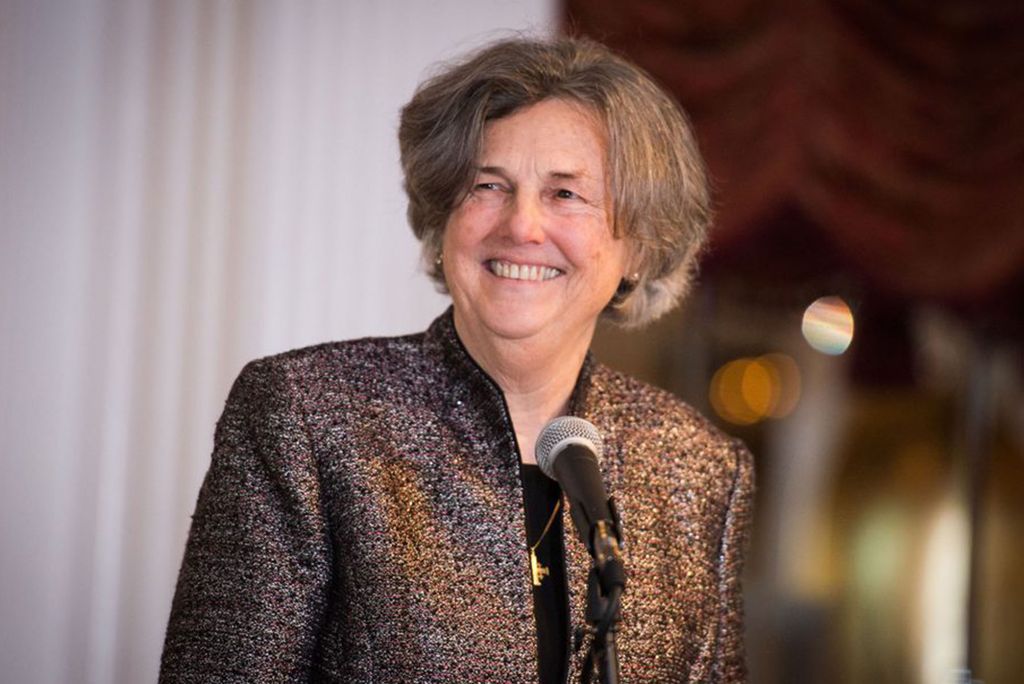
Pope Francis gave a new mandate to his sex abuse advisory commission Friday, telling its members to work with bishops around the world to establish special welcome centers for victims and to audit the church’s progress on fighting abuse from its new perch within the Vatican.
Francis warned that without more transparency and accountability from the church, the faithful would continue to lose trust in the Catholic hierarchy after decades of revelations about priests who raped and molested children and bishops and religious superiors who covered up those crimes.
Francis issued the new marching orders during a meeting with the Pontifical Commission for the Protection of Minors, which he created in 2013 as an ad hoc body to advise the church on best practices to protect minors and prevent abuse.
“The testimony of the survivors represents an open wound on the body of Christ, which is the church,” he told them.
Despite the fanfare that greeted its creation, the commission’s limited mandate has frustrated survivors, its outsider status generated resistance in the Vatican and one of its biggest initial recommendations — a special Vatican tribunal to prosecute bishops who covered up for pedophiles — went nowhere.
But Francis has sought to breathe new life into the commission. In his recent reform of the Vatican bureaucracy, he gave it greater institutional weight by making it part of the newly named Dicastery for the Doctrine of the Faith, the Vatican office that processes clergy sex abuse cases around the world.
In his speech to its members Friday, Francis said he decided to ground the commission in the church’s central government to prevent it from being some “satellite commission.”
He assured them he wasn’t trying curb their freedom or limit their mandate — quite the opposite. He stressed that the commission’s leadership would continue to report directly to him and enjoy full independence.
“It is your responsibility to expand the scope of this mission in such a way that the protection and care of those who have experienced abuse may become normative in every sector of the church’s life,” he said.
Cardinal Sean O’Malley, who heads the commission and helped craft Francis’ reforms, said the commission’s new location inside the doctrine office represented a “watershed moment in the life of the commission” and would let it “animate the entire church.”
The institutional legitimacy means the commission now has access to reports the bishops conferences prepare for the Vatican about their work, and can engage with the doctrine office on how cases are being handled, said O’Malley’s deputy, the Rev. Andrew Small.
“There have been some conversations, preliminary albeit, to see how we grasp this mantle of access to information of criminal processes,” Small said. “I’m enthusiastic that that will be a priority.”
One of the new mandates for the commission is to help bishops conferences establish survivor welcome centers where victims can find healing and justice. That could help answer a long-standing complaint from survivors who often report negative experiences with the church hierarchy when they report a priestly abuser.
“So many survivors around the world are asking, ‘Where is my case? What is happening?’” said Juan Carlos Cruz, a commission member and Chilean abuse survivor. He said the “dark hole” where canonical cases remain in limbo for years without any information given about their status “can be incredibly retraumatizing” for survivors.
Francis, who has had a mixed record on fighting abuse himself, in 2019 passed a new church law explicitly saying survivors have the right to know the outcome of their cases. He also lifted the pontifical secret that covered such investigations to facilitate transparency with victims as well as law enforcement agencies.
But advocates for victims say the church still has a long way to go to adequately address the long-term trauma victims experience.
Francis also called for the commission to conduct an annual audit of what is being globally done by the Catholic hierarchy, and what needs to change, to better protect children and vulnerable adults from abuse.
“Without that progress, the faithful will continue to lose trust in their pastors, and preaching and witnessing to the Gospel will become increasingly difficult,” Francis warned.
Small said the audit would look at individual bishops conferences as well as Vatican offices to ensure their policies are up to standard, and he expected it would be made public.
“Ultimately, verifiable data has to be at the heart of rebuilding trust,” Small said.
Complete Article ↪HERE↩!






